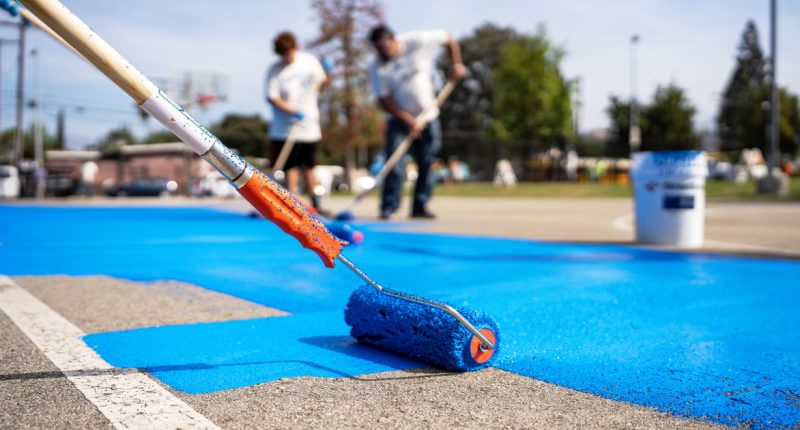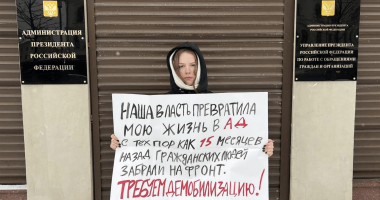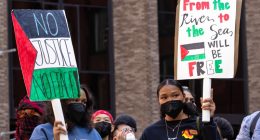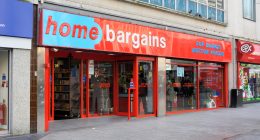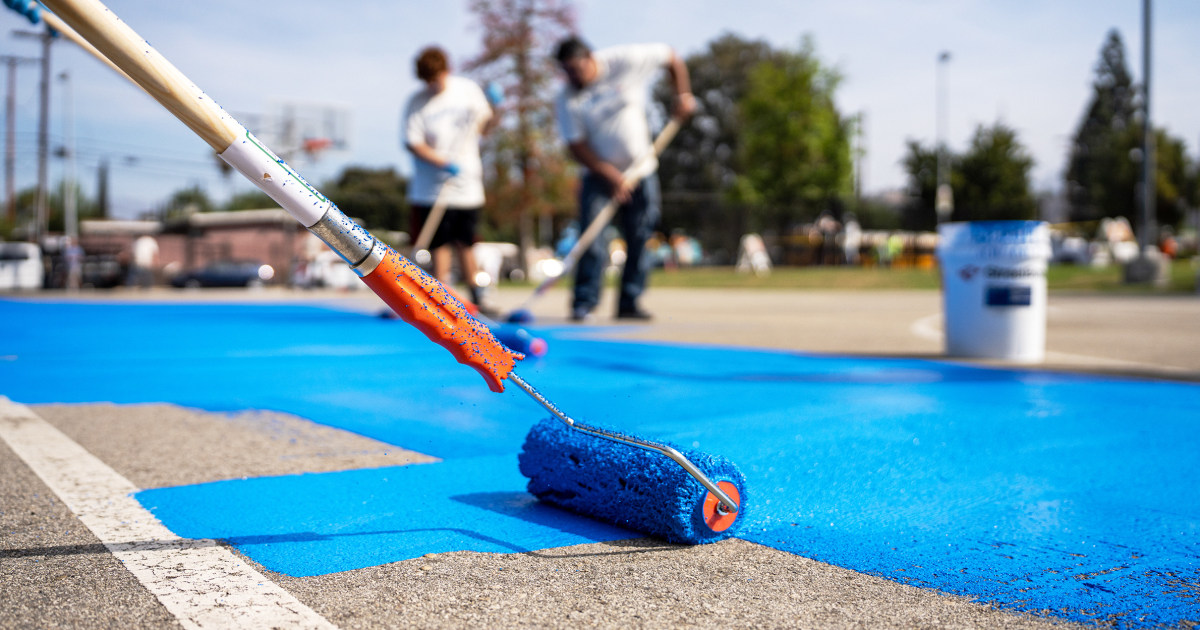
LOS ANGELES — Street vendor José Damián has lived in the Los Angeles neighborhood of Pacoima for the past five years and has felt temperatures hit 105 degrees as he’s pushed his cart of Mexican street snacks and shaved ice in the blazing midday sun.
But the heat had never stopped him from doing his job until last summer.
While heading to Sara Coughlin Elementary School, he was sweating excessively and became dizzy. He decided to get checked out at a hospital.
“All of the salt in my body was depleted,” said Damián, who drank about 15 water bottles that day. “Now I bring my Gatorades. I don’t walk too much anymore. I stop at certain spots with shade.”
Pacoima residents have long suffered from high temperatures. Cecilia Zepeda, 60, said the heat can be unbearable even into the night. Georginna Carrasco, who grew up in the neighborhood and now has two kids, said she usually takes three showers a day and keeps her apartment lights off to cool down. She sometimes has to make the difficult decision of keeping the AC off during the summer because it can get too costly.
“It does feel like it gets hotter and hotter every year, but growing up in the San Fernando Valley, you’re just used to it,” said Carrasco.
In California, the death rate for heat-related deaths was about 4.2 per 1 million people in 2022 — the highest in two decades outside of the historic North American heat wave of 2006. And the communities most in danger are low-income communities of color like Pacoima.
A 2021 study of satellite images found that California’s metro areas saw greater temperature disparities between the poorest and wealthiest neighborhoods than any other Southwestern state, with tree canopy unevenly distributed across Los Angeles County. The study also found that Latino-majority neighborhoods in the Los Angeles area, like Pacoima, were 6.7 degrees hotter than neighborhoods with few Latino residents.
Pacoima ranks among the hottest neighborhoods in Los Angeles. Temperatures in what is known as “The Valley” are notoriously warmer than in other parts of the city, but Pacoima also lacks tree coverage and is home to massive public housing complexes that have been shown to warm the area.
The largely working-class neighborhood of around 75,000 has also been historically impacted by a multitude of polluting industries like manufacturing, freeway construction, the nearby Whiteman Airport and a Metrolink line. Polluters like these only further impact health disparities and create heat-related illnesses.
Over the past few years, a coalition of nonprofits, community organizations and Pacoima Councilmember Monica Rodriguez’s office have come up with a plan to cool the neighborhood: a multiyear and multiphase project that was announced in 2018. It began with resurfacing 18 city blocks with a solar-reflecting coating that disperses heat. In partnership with the roofing manufacturer GAF, Pacoima’s “cool pavement” project not only reduces heat, it also brightens the community with colored pavement and vibrant murals.
Source: | This article originally belongs to Nbcnews.com
